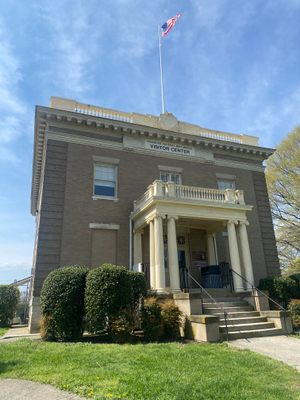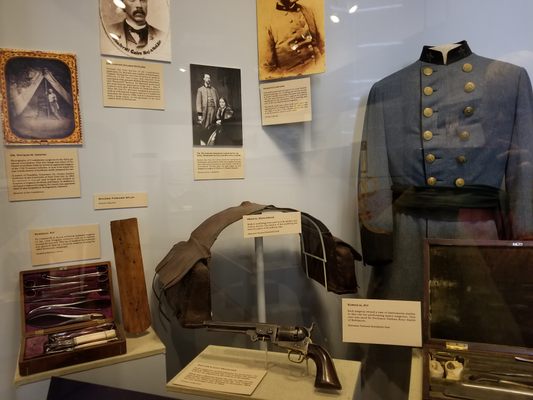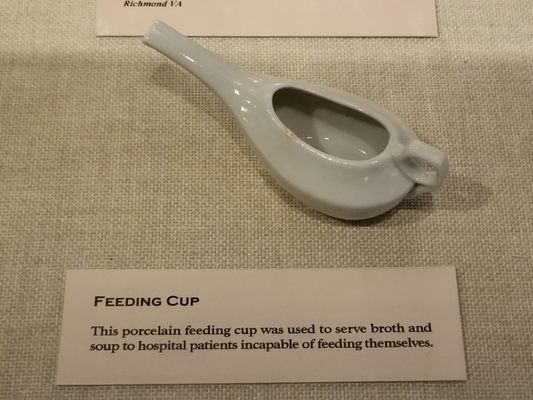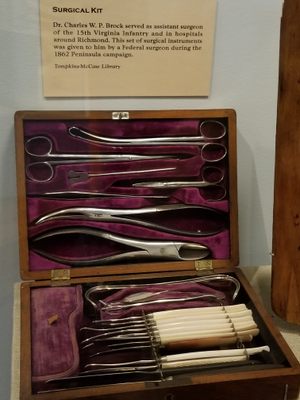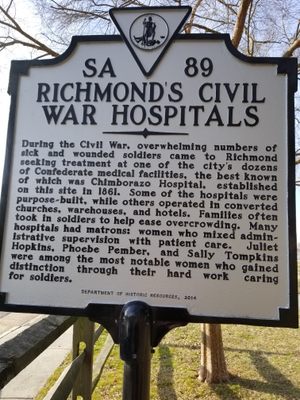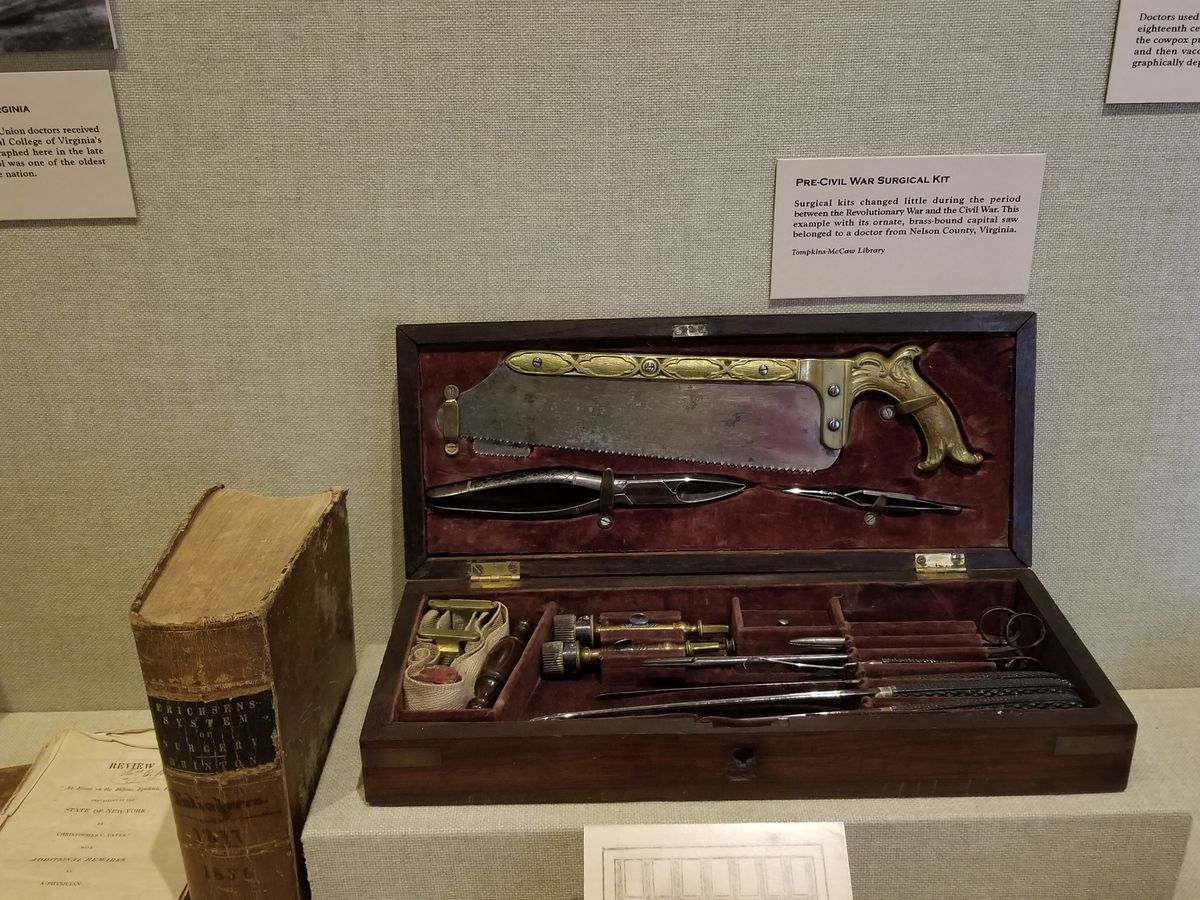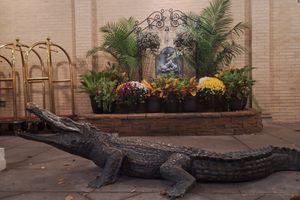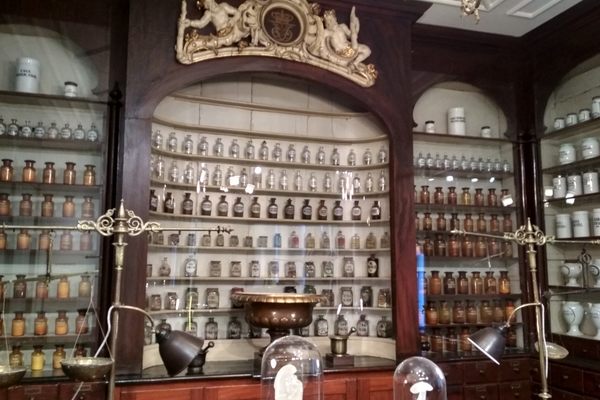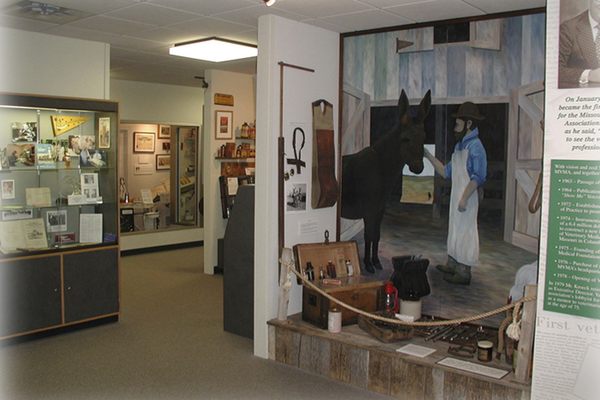About
The Chimborazo Medical Museum depicts mundane struggles that typified the American Civil war, particularly in the south. The museum houses exhibits about the area’s former incarnation as the largest Confederate hospital, a place where war-wounded soldiers from around the region received treatment.
In 1861, Confederate troops began constructing a compound consisting of mostly of barracks and officers’ quarters on a Virginia plateau called Chimborazo Hill. Many soldiers didn’t survive injury because of makeshift hospital facilities; hotels, stores and private homes were often inadequately converted to medical outposts. In order to mediate, these nearly-completed recruit barracks were hastily adapted into a large hospital serving injured soldiers.
The Chimborazo Hospital wasn’t like anything you'd see in a modern hospital. Each of the 90 small hospital buildings could accommodate around 40 beds, with a total capacity of around 3,600 patients. Tents were erected on the grounds if the hospital had more patients than it could accommodate indoors. Floors and walls were made of wood, and coated with whitewash both in and outside. A wood stove and a single candle in each ward provided heat and light. The facility also included dead houses, a chapel, a blacksmith shop, among others, bringing the total number of buildings on the ground to about 150.
In 1865, the Union Army took over the hospital and began filling wards with its own soldiers. After the end of the war, the hospital was converted to a Freedmen’s Bureau school for 345 formerly enslaved people. The other buildings were occupied by nearly 1,500 other enslaved workers, who were tasked with the clean-up of Richmond. In 1959, the National Park Service took control of the hospital and the park, and has created several museums and visitors’ centers on the property, including the Medical Museum.
Related Tags
Know Before You Go
http://www.nps.gov/rich/planyourvisit/directions.htm
Community Contributors
Added By
Published
January 13, 2013
